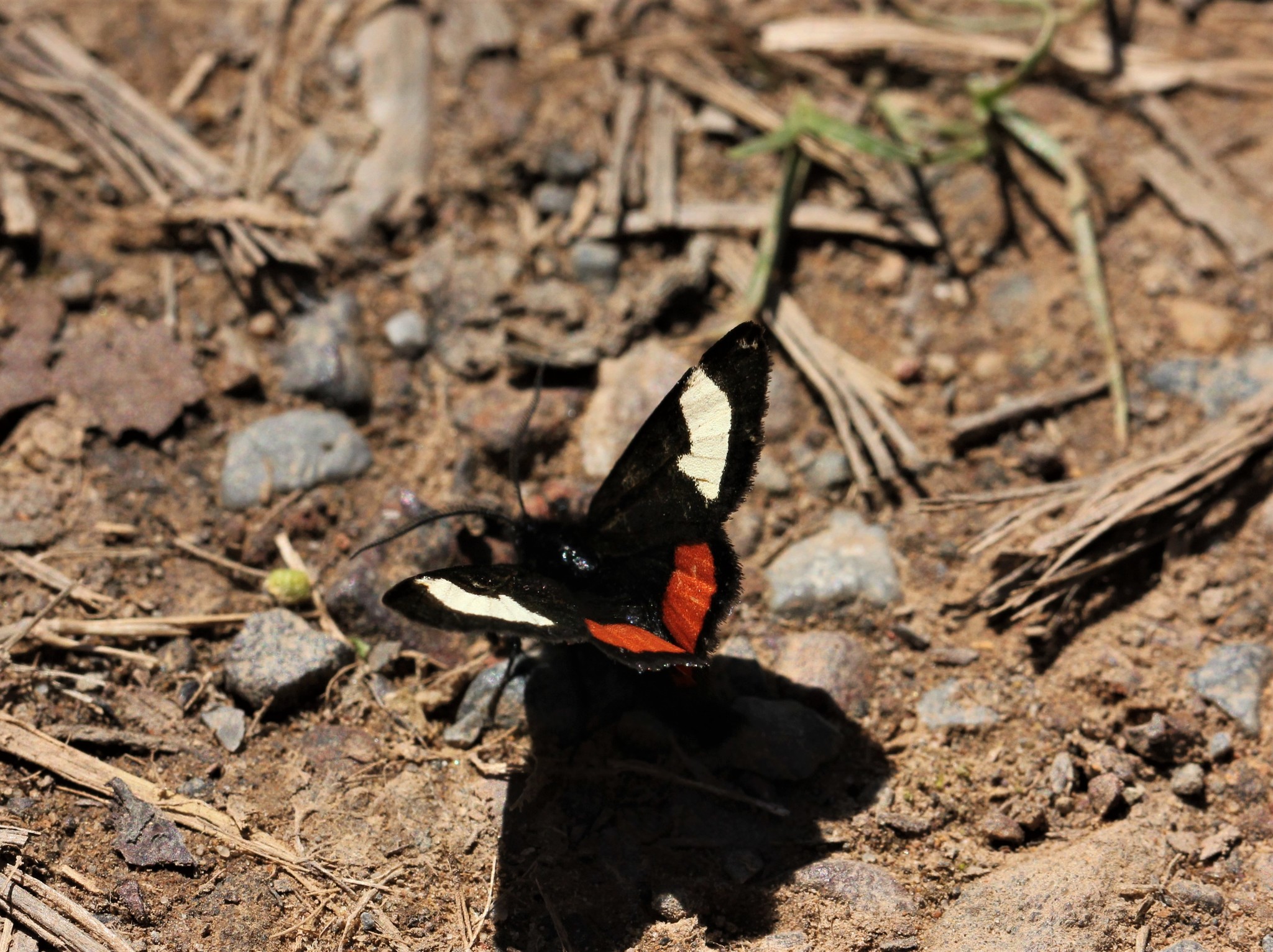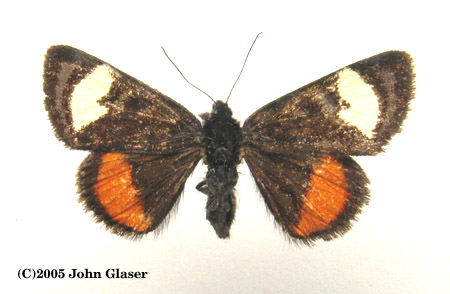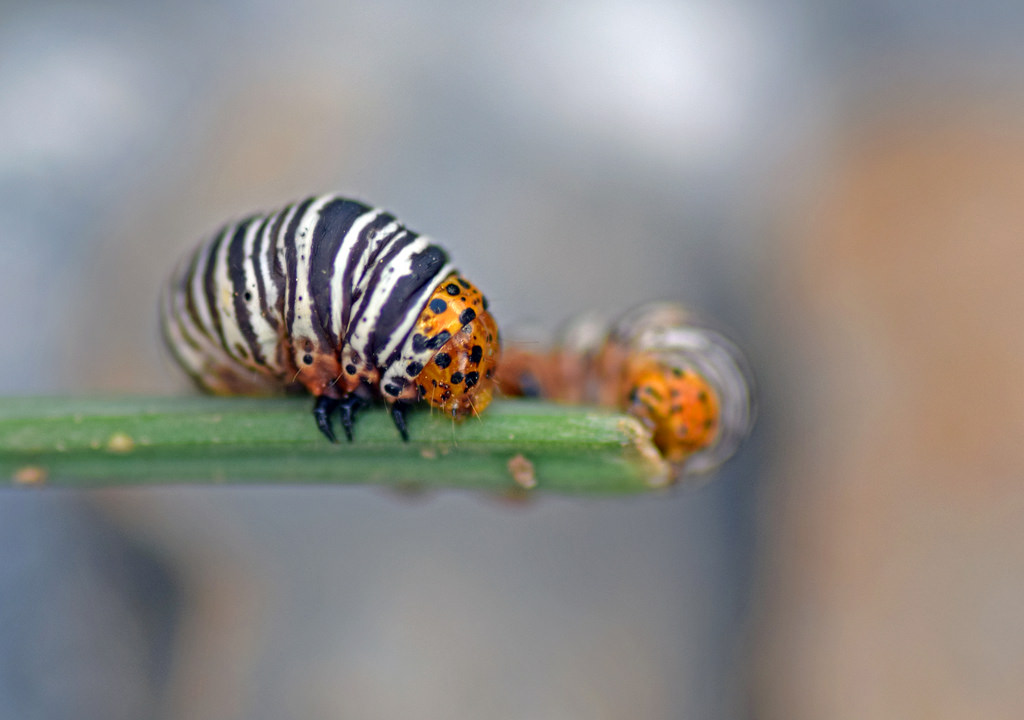Map Snapshot











51 Records
Status
Only member of its genus north of Mexico. Found throughout the eastern U.S. in wooded habitats.
Relationships
Larvae feed on leaves of plants in the Grape Family (Vitaceae).
Seasonality Snapshot
Source: Wikipedia
| Grapevine epimenis | |
|---|---|

| |
| Psychomorpha epimenis | |
| Scientific classification | |
| Kingdom: | |
| Phylum: | |
| Class: | |
| Order: | |
| Family: | |
| Genus: | Psychomorpha Harris, 1839
|
| Species: | P. epimenis
|
| Binomial name | |
| Psychomorpha epimenis (Drury, 1782)
| |
| Synonyms | |
| |
Psychomorpha is a monotypic moth genus of the family Noctuidae erected by Thaddeus William Harris in 1839. Its only species, Psychomorpha epimenis, the grapevine epimenis, was first described by Dru Drury in 1782.[1][2][3] It is found in eastern North America as far west as the Oklahoma Panhandle.[4]
Description
[edit]The wings and body are black with a large white forewing patch and a red hindwing patch. The wingspan ranges from 2.2 to 2.7 cm.[5]
Subspecies
[edit]- Psychomorpha epimenis epimenis
- Psychomorpha epimenis euryrhoda (Florida) - has a red hindwing patch that stretches almost to the base of the wing[5]
Habitat
[edit]This moth may be encountered in woodlands, woodland edges, and hedgerows.[6]
Flight
[edit]The grapevine epimenis is a spring moth which may be found from March to early May.[5]
Life cycle
[edit]The larva is black with transverse white stripes. The head, part of the thorax, the area near the end of the abdomen, and the prolegs are a reddish orange. The larva makes a leaf shelter in new foliage by taking the leaf edges and pulling them upward and then tying them together with silk. The pupa hibernates in wood or dense peat. It has one brood per year.[6]
Host plants
[edit]Host plants include:[6]
- Summer grapevine, Vitis aestivalis
- Fox grapevine, Vitis labrusca
- Riverbank grapevine, Vitis riparia
- Frost grapevine, Vitis vulpina
References
[edit]- ^ Beccaloni, G.; Scoble, M.; Kitching, I.; Simonsen, T.; Robinson, G.; Pitkin, B.; Hine, A.; Lyal, C., eds. (2003). "Psychomorpha". The Global Lepidoptera Names Index. Natural History Museum. Retrieved December 16, 2020.
- ^ Savela, Markku (September 9, 2019). "Psychomorpha Harris, 1839". Lepidoptera and Some Other Life Forms. Retrieved December 16, 2020.
- ^ Pitkin, Brian & Jenkins, Paul (November 5, 2004). "Psychomorpha Harris, 1839". Butterflies and Moths of the World. Natural History Museum, London. Retrieved December 16, 2020.
- ^ "931975.00 – 9309 – Psychomorpha epimenis (Drury, 1782) – Grapevine Epimenis Moth". North American Moth Photographers Group. Mississippi State University. Retrieved December 16, 2020.
- ^ a b c Covell, Charles V. Jr. (2005). Moths of Eastern North America. Virginia Museum of Natural History, Martinsville, VA. ISBN 1-884549-21-7
- ^ a b c Wagner, David L. (2005). Caterpillars of Eastern North America. Princeton University Press, Princeton, NJ. ISBN 0-691-12144-3









